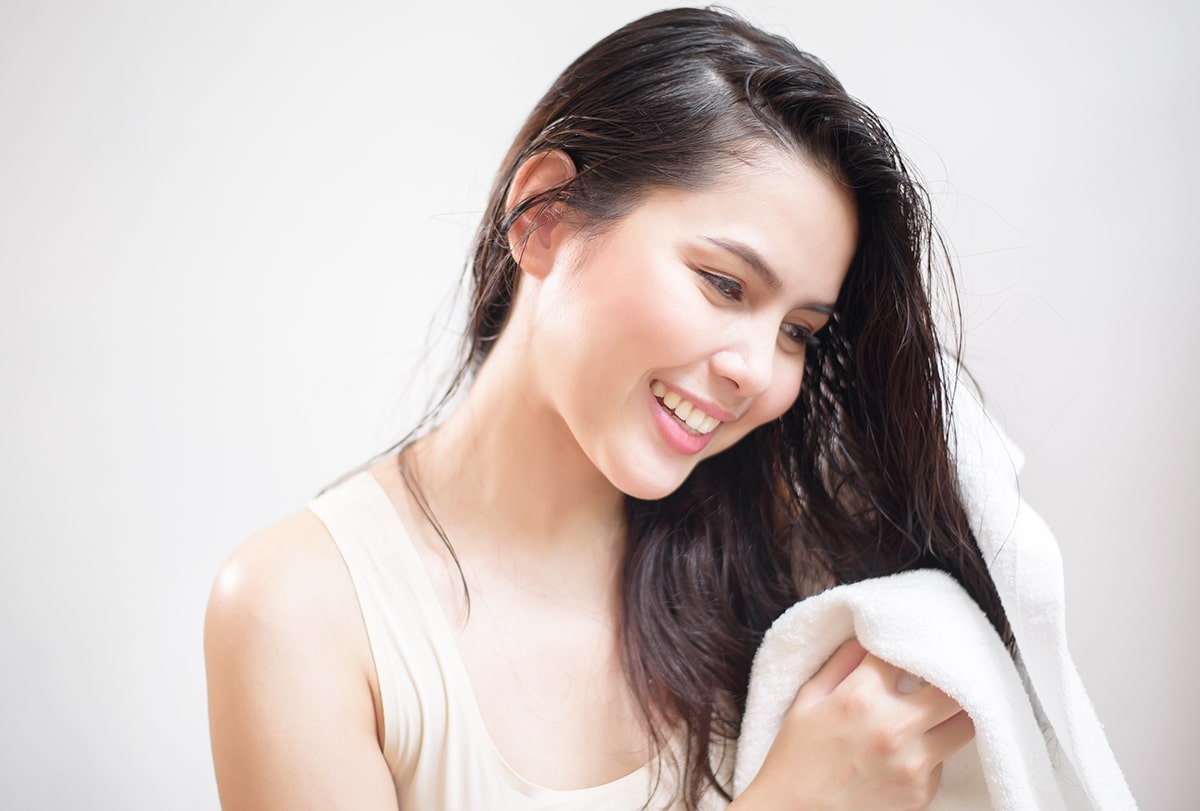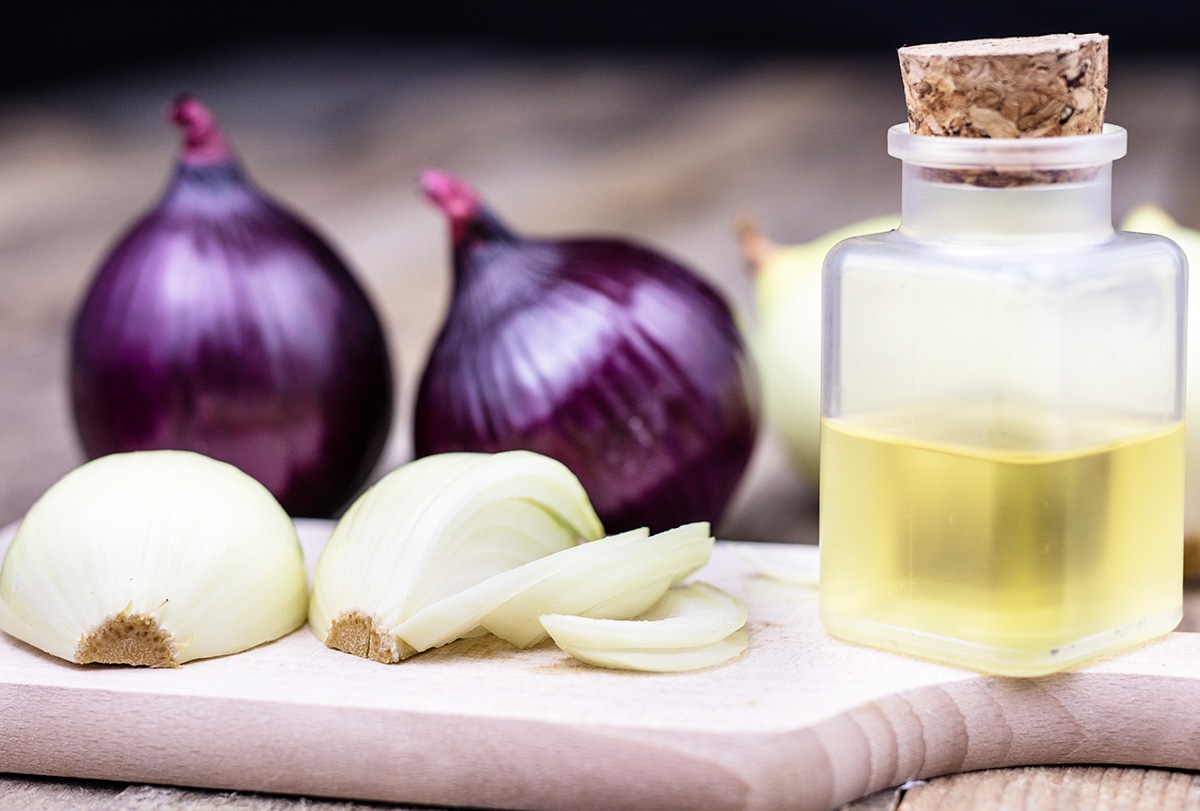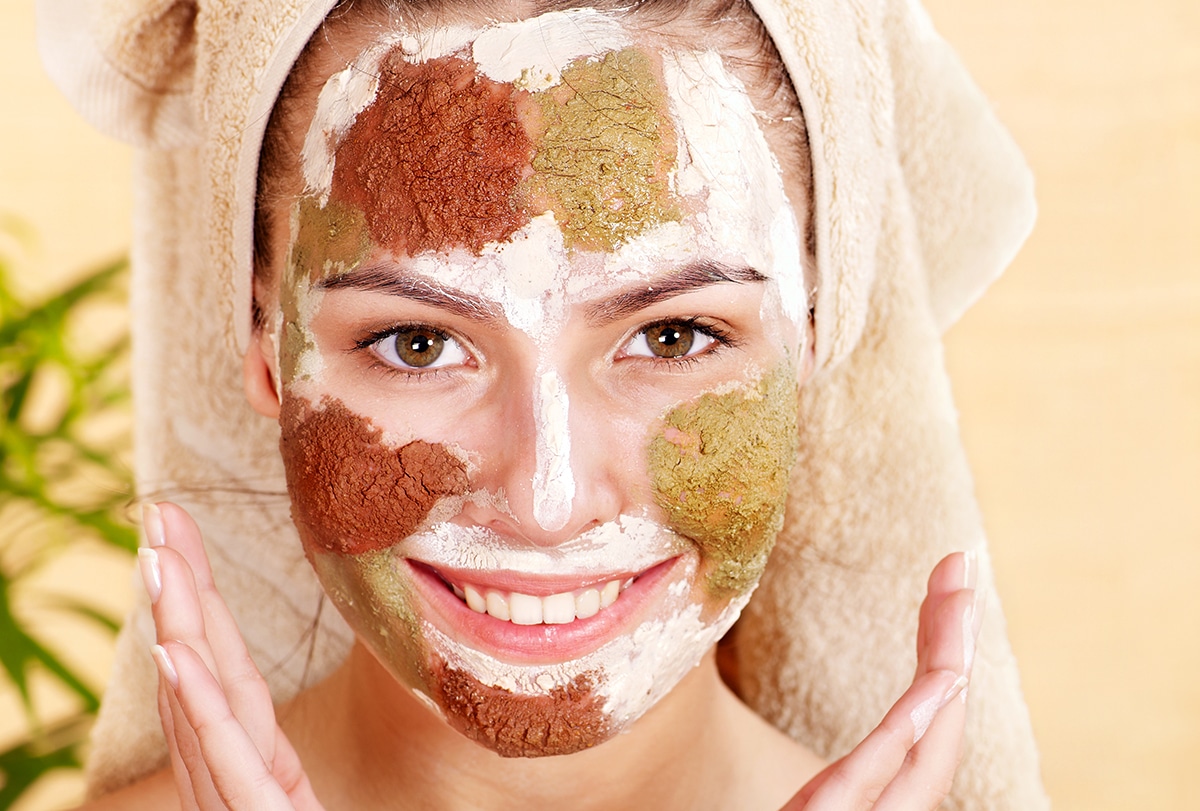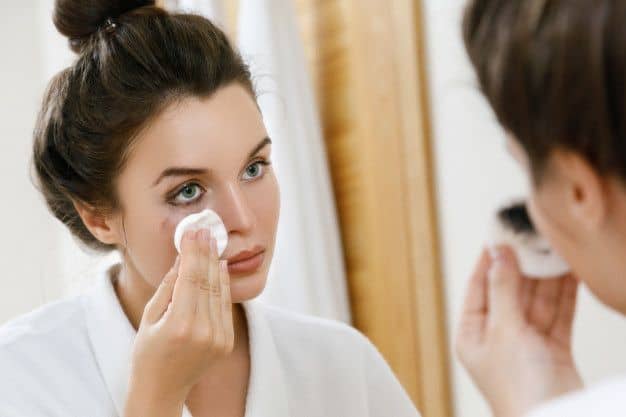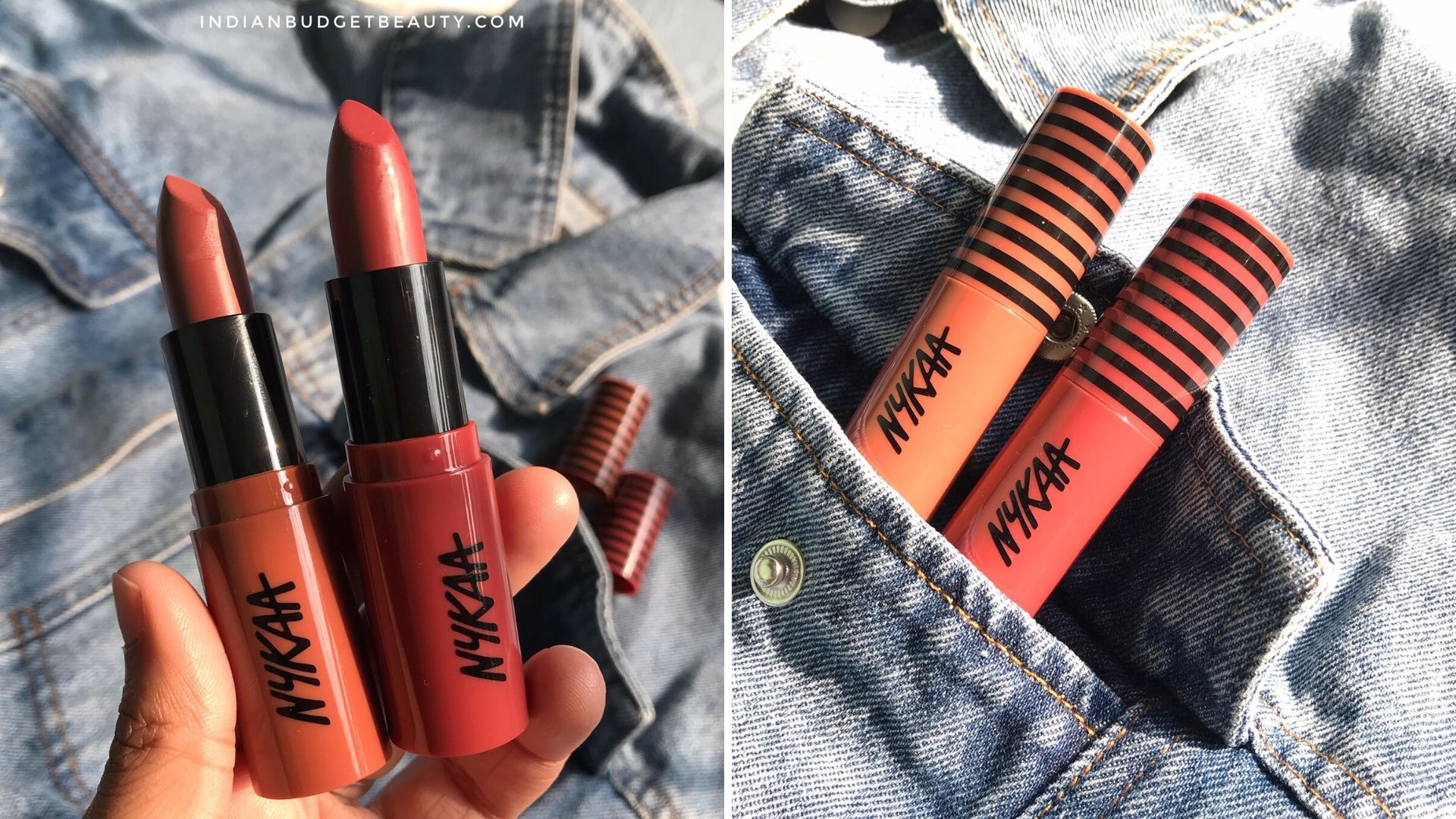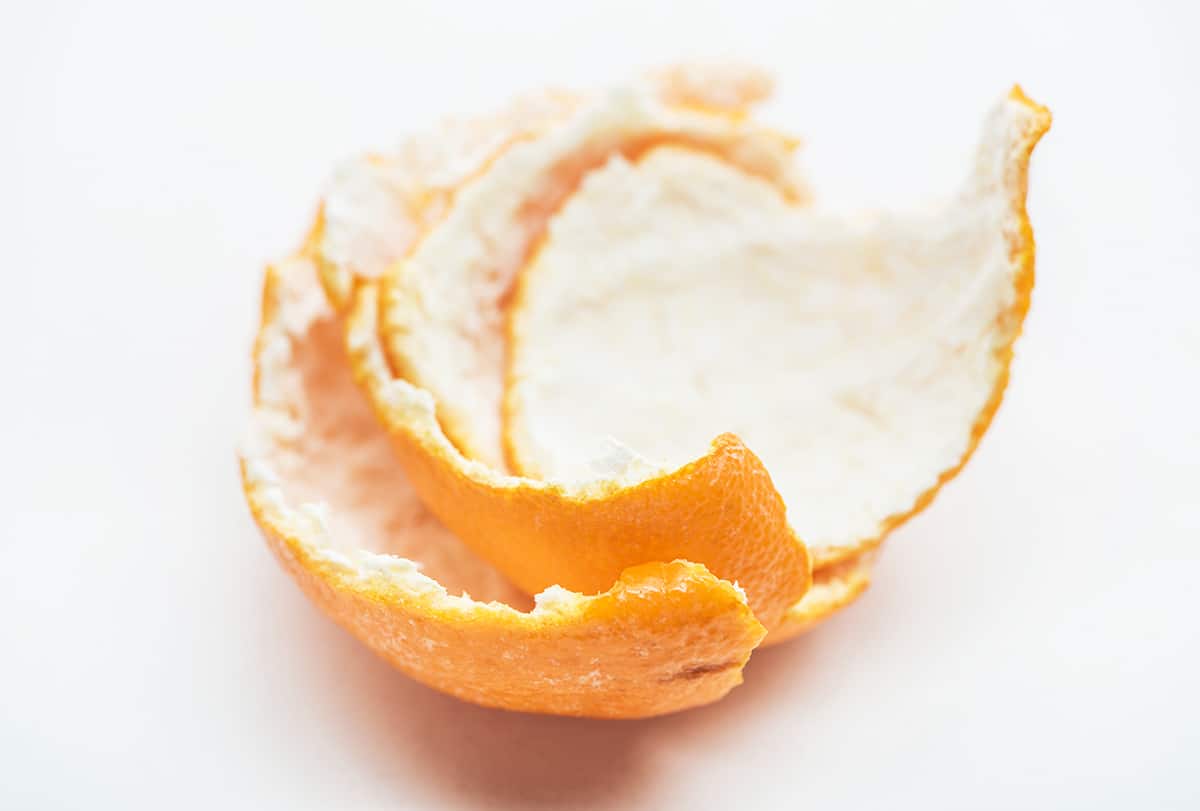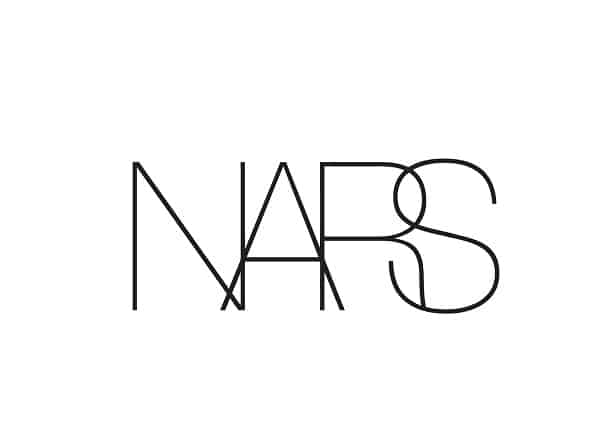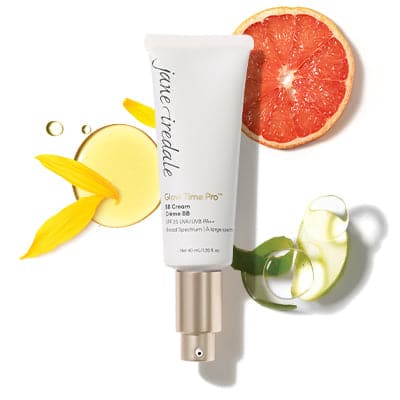Proper hair care is extremely important to maintain the appearance and health of your hair. It doesn’t matter whether your hair is curly, straight, or wavy – all hair types require adequate nourishment, cleansing, and conditioning for healthy growth.

The texture of your hair is closely related to your hair type. (1)(2) “Hair texture” is a blanket term that includes the volume, density, coarseness, and general appearance of the hair.
Here are a few important tips required to maintain and care for different hair textures to achieve shiny, healthy locks. (3)
Knowing About Hair Texture
Hair texture is usually determined by the thickness and density of individual hair strands. It can be broadly divided into coarse, frizzy, smooth, etc.
An easy and efficient way to gauge your hair texture is by comparing your hair strands to a thread. Hair strands thinner than a thread are usually called fine hair, while those that are thicker are medium or thick.
Different factors such as environmental conditions, pollutants, race, and moisture content can affect the texture of your hair.
How to Improve Hair Texture
Here is a list of tips to enhance the texture of your hair.
For frizzy hair
Fine hair tends to be frizzy and break easily. It is important to be extra delicate with fine hair to avoid hair loss.
To reduce frizz in your hair:
1. Use microfiber towels
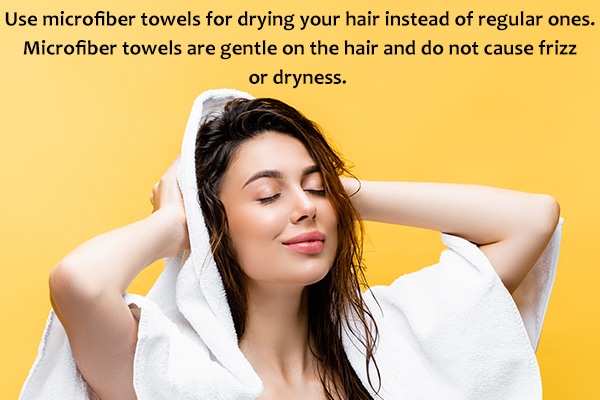
Use microfiber towels for drying your hair instead of regular ones. Microfiber towels are gentle on the hair and do not cause frizz or dryness.
2. Avoid heat
Avoid the use of blow-dryers to dry your hair as heat can cause hair breakage.
For limp and straight hair
Limp hair can dull your overall appearance. It usually tends to occur in people who have fine hair. Limp hair is also a side effect of not using the correct hair care products for your hair.
To add body, volume, and bounce to limp, lifeless hair:
1. Have a layered haircut
Layers can make a big difference in the appearance of your hair. They add bounce and volume to the hair, making them look thicker than they are.
2. Avoid overbrushing or overcombing your hair
Brushing your hair too many times in a day can make your hair appear limp and thin. Always use a wide-toothed comb to get rid of any tangles and knots in your hair.
3. Use hair-thickening shampoos and hair serums
Try to select hair care products that have hair-thickening properties. It helps add volume to your hair.
4. Use heat protectants
Always use a heat protectant before using any heating products such as straighteners on your hair.
For coarse/curly hair
Curly hair comes in varying degrees, from light waves to tight curls. Coarse hair refers to hair that is thick and strong. While having coarse hair can be a boon when it comes to hairstyling and volume, it tends to get dehydrated and rough easily.
To maintain curly or coarse hair:
1. Apply a green tea mask
You can maintain the health of your curly hair by regularly applying a green tea hair mask to rejuvenate and soften your locks.
Boil a bag of green tea in a cup of water for a few minutes. Let the tea cool down, and then wash your hair with it and rinse it off afterward.
The antioxidants in green tea help make your hair healthy, lustrous, and strong. (4)
2. Use natural oils
Keep your hair strands soft and manageable by regularly applying conditioning oils such as olive, coconut, or almond oil. (5)
Ways to Improve Your Hair Texture Naturally
Here is a list of easy DIY remedies to improve the texture of your hair:
1. Improve your diet
Consuming a diet rich in protein and essential fatty acids significantly helps make your hair strong, soft, and lustrous.
Foods rich in protein include lentils, red meat, milk, and eggs. (6) Fish, chia seeds, flax seeds, dry fruits such as almonds and walnuts are filled with omega-3 fatty acids.
2. Use coconut oil and olive oil
Coconut oil and olive oil are both natural oils filled with antioxidants and nutrients required for the hair. They also have moisture-locking properties that keep your hair soft and hydrated.
Thus, applying these oils regularly can significantly improve your hair texture and strength.
How to use:
- Mix 2 tablespoons each of coconut oil and olive oil.
- Massage the oil blend on your scalp and hair thoroughly for 5 minutes.
- Let it sit for an hour.
- Wash your hair like you normally would.
3. Apply an egg mask
Eggs are a rich source of protein and essential fatty acids. Egg masks can make your hair soft, shiny, and strong.
How to use:
- Crack an egg into a bowl and whisk well.
- Using a hair dye brush, apply this egg mask to your hair and scalp.
- Leave it on for half an hour.
- Wash it off with a mild shampoo.
4. Rinse your hair with green tea
Green tea is loaded with antioxidants and exhibits antimicrobial and anti-inflammatory properties that are beneficial for scalp health. Green tea also hydrates your hair and fights frizz or dryness.
How to use:
- Boil a green tea bag in a cup of water for 10 minutes.
- Let the tea cool down and then use it to rinse your hair.
- Wait for 5–10 minutes and then rinse out your hair with normal water.
5. Apply aloe vera gel
Aloe vera is well known for its benefits for the skin and hair. Packed with vitamin E, antioxidants, and water, aloe vera can treat all your hair woes, from dryness and frizz to hair breakage and split ends.
How to use:
- Apply 1 tablespoon of aloe vera gel directly to your scalp and hair.
- Massage for a few minutes and leave it on for 20 minutes.
- Wash off with a mild shampoo.
How to Prevent Textural Damage to Hair
Here is a list of tips and tricks you can follow to achieve good hair texture:
- Avoid bleaching or dyeing your hair.
- Try heat-free methods to curl your hair such as braids and curlers.
- Cover your hair with a cap or scarf when going out in the sun.
- Avoid harsh chemical hair care products that can cause hair damage.
- Make sure to keep your hair hydrated at all times.
Factors Affecting Hair Texture
Several factors can affect the texture of your hair, including the following:
- Weather change: A sudden change in weather and environmental conditions such as wind and humidity can alter your hair texture and make your hair rough, frizzy, or dry.
- Diet intake: Proper nutrition is necessary to keep the hair strong and healthy. Having adequate amounts of protein and vitamins in your diet makes the hair soft and shiny.
- Water: It is necessary to consume enough water every day to keep your hair and skin moisturized. (7)
- Hair routine and styling techniques: Using heating products such as blow-dryers and hair straighteners regularly can negatively impact the texture of your hair. (8)
- Pregnancy: Many women experience a change in their hair texture during pregnancy. The sudden surge in hormone levels as well as consuming multivitamins may lead to this.
- Aging: Your hair tends to change texture, becoming thin and dry, as you grow older.
- Thyroidism: Thyroid hormones can affect your hair growth cycle and the quality of your hair. T3 and T4 hormones, produced by the thyroid gland, play essential roles in the development of hair from the follicles. Thyroid disorders can cause fluctuations in the level of these hormones and cause changes in hair texture. (9)
- PCOD and hormonal changes: Several hormone disorders can impact your hair texture. Polycystic ovarian disease (PCOD) can lead to a condition known as hirsutism, which causes the growth of dark and coarse hair on different areas of the body. Hirsutism in females occurs due to a surge in androgen hormones.
Do Not Get Confused With Hair Types and Hair Texture
Your hair texture is different from your hair type. Hair texture refers to the volume, general appearance, and thickness of your hair strands. It can be changed artificially for cosmetic purposes.
The texture of your hair is greatly influenced by your hair type (for example, people with curly hair usually tend to have a thick, coarse hair texture).
Final Word
Hair is an important part of your appearance and should be maintained accordingly. Make sure to try the natural remedies given above if you suffer from dull or dry hair.
Moreover, it is necessary to consume a diet rich in protein and vitamin A to improve the strength and appearance of your hair.

